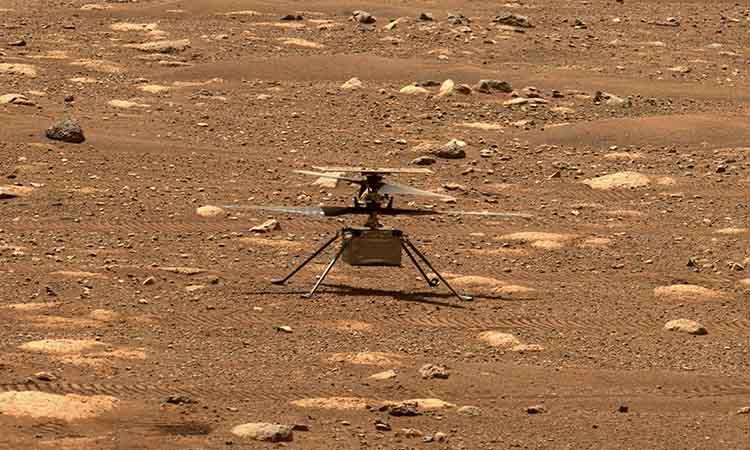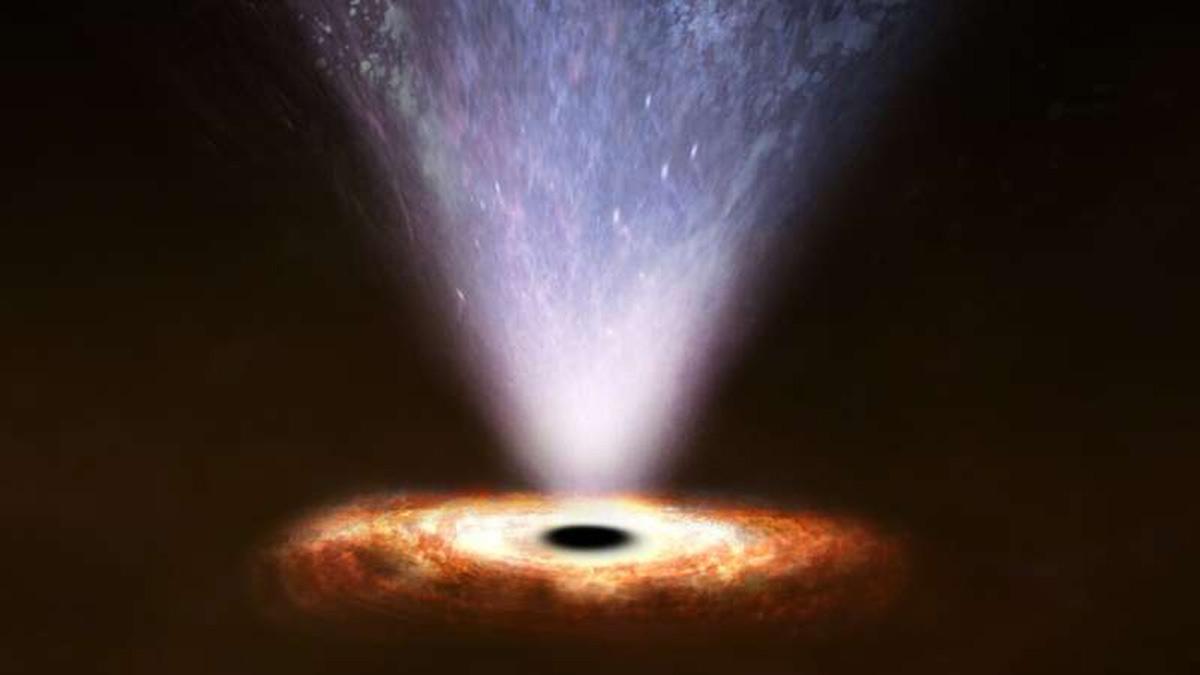After a series of delays, NASA is targeting to launch the first powered, controlled flight of its Ingenuity Mars Helicopter on Monday, the US space agency said in a statement.
It will begin its flight approximately at 3:30 a.m. EDT (12:30 a.m. PDT).
The mini-helicopter flew to Mars while being attached to the belly of NASA's Perseverance rover, which made a February 18 touch down on the Red Planet.
The original flight date of April 11 shifted as engineers worked on preflight checks and a solution to a command sequence issue. It also survived its first night alone on Mars' frigid surface.
For the first flight, the helicopter will take off a few feet from the ground, hover in the air for about 20 to 30 seconds, and land.
That will be a major milestone: The very first powered flight in the extremely thin atmosphere of Mars, NASA said.
The sole mission of Ingenuity, a technology demonstration, is to conduct flight tests in the thin atmosphere of Mars; the helicopter carries no science instruments.
Within 30 Martian days, or sols (a Martian day is 24.6 hours), on the surface, Ingenuity will complete its testing, and Perseverance's scientific exploration of Jezero Crater will kick into high gear.
The Perseverance rover will provide support during flight operations, taking images, collecting environmental data, and hosting the base station that enables the helicopter to communicate with mission controllers on Earth.
If its experimental flight test programme succeeds, the data returned could benefit future explorations of the Red Planet -- including those by astronauts -- by adding the aerial dimension, which is not available today.


















